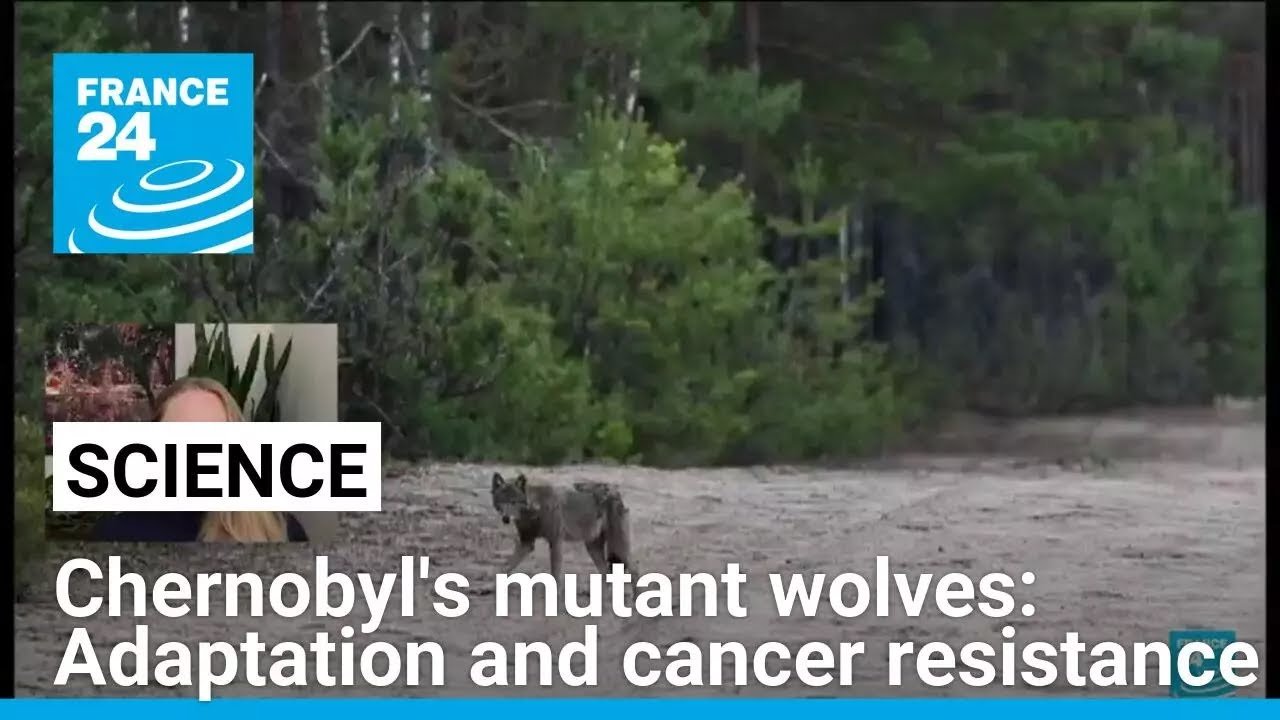Exploring the aftermath of the Chernobyl disaster, a recent study focuses on the wolf populations within the Exclusion Zone. The piece delves into how these animals have adapted to the radioactive environment, showcasing their unexpected resilience and potential cancer resistance mechanisms. This case study sheds light on the broader implications of wildlife adaptation in post-disaster ecosystems.
- The study examines wolf populations in the Chernobyl Exclusion Zone, an area still heavily affected by radioactive contamination from the 1986 nuclear disaster.
- Researchers have observed that these wolves exhibit signs of adaptation to the high-radiation environment, potentially including mechanisms for increased cancer resistance.
- The findings suggest that wildlife in the Exclusion Zone is not just surviving but may be adapting to the harsh conditions, offering valuable insights into the resilience of nature.
- These adaptations could have significant implications for understanding how animals evolve in response to environmental stressors, including radiation.
- The case study of Chernobyl’s wolves is part of a broader research effort aimed at assessing the long-term ecological impacts of nuclear disasters on wildlife.
France 24 is an international television network and news website owned by the French state.
Official website: https://www.france24.com/en/
Original video here.
This summary has been generated by AI.

Leave a Reply